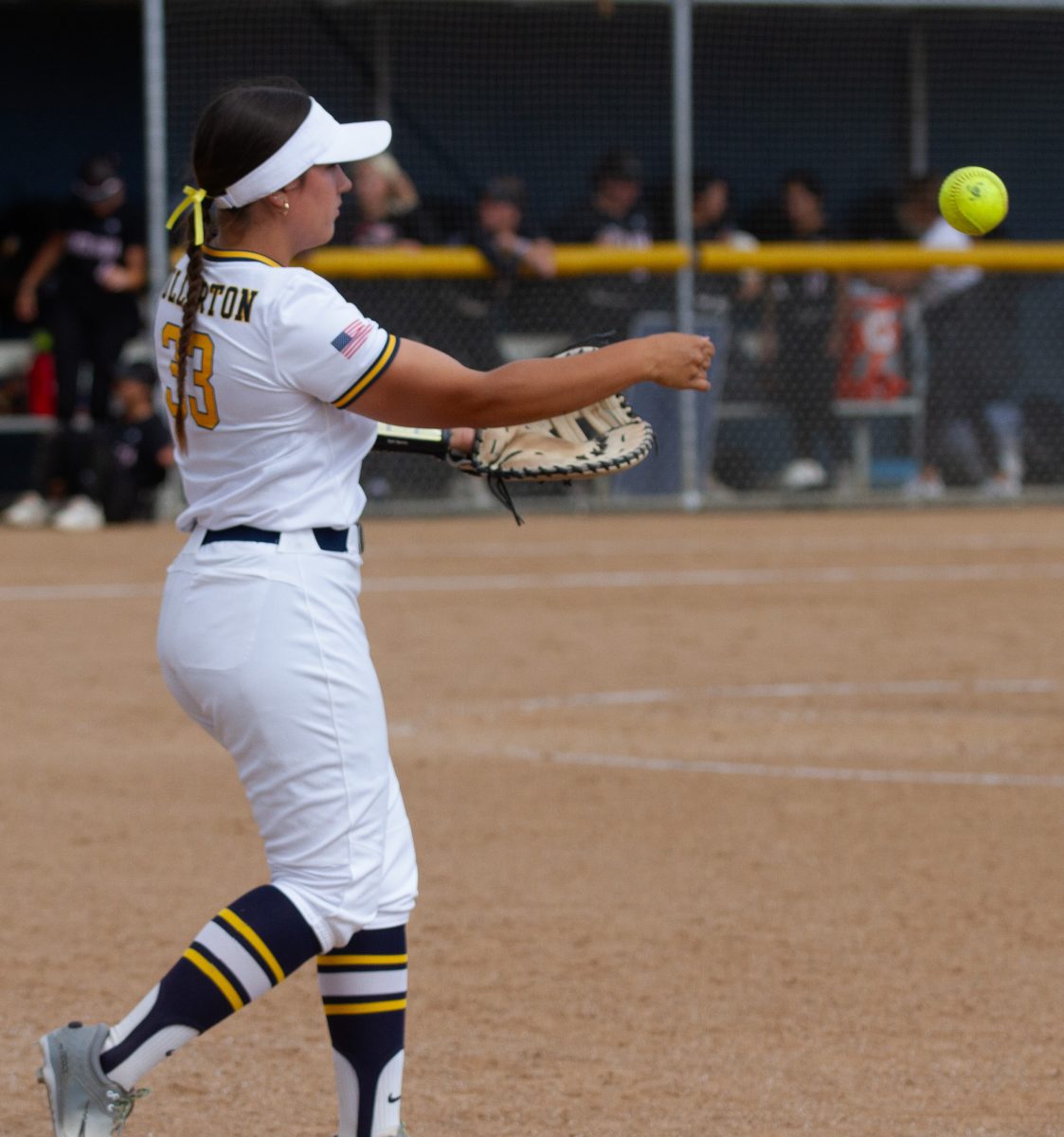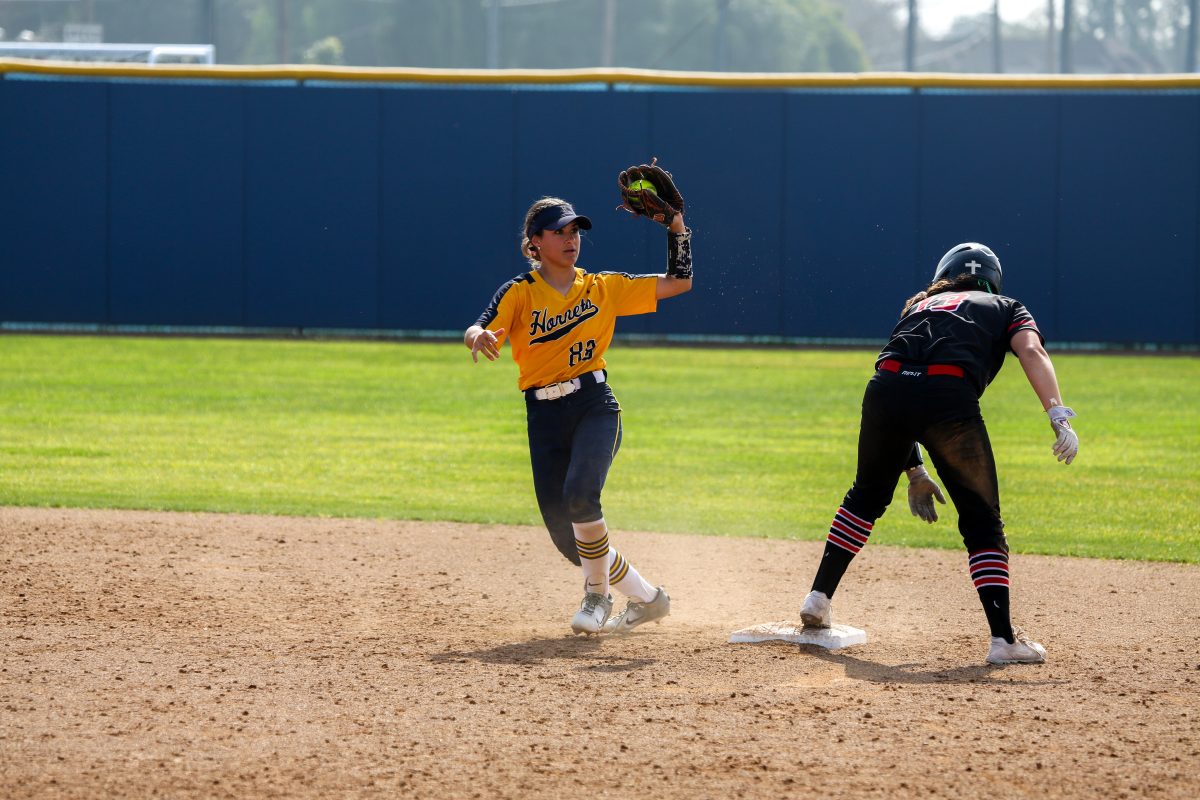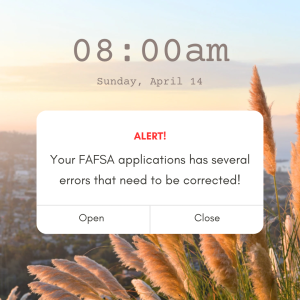The transfer portal for college football players seems like a great opportunity, but does it hurt the sport more than help?
Since its creation in October of 2018, the transfer portal has become a hot topic in college football.
Some say it benefits the sport, while others say it will ruin it. A lot of coaches are saying the latter.
Last week was National Signing Day, where some of the best high school football players across the nation sign their National Letter of Intent to play for the college of their choosing.
However, due to the creation of the transfer portal, some of the players won’t be finishing their college careers with the schools they committed to.
The transfer portal gives student-athletes permission to talk with other schools about “potentially” transferring. The word “potentially” is key, because when a player enters the transfer portal it doesn’t guarantee they will transfer. Rather, it is more of a way to keep their options open.
There are quite a few recent examples of players who decided to transfer from the school they originally committed to.
The last three Heisman Trophy winners have all been transfers. Three out of the four quarterbacks in this past season’s playoffs were transfers. This includes Joe Burrow, one of the most successful transfer stories in college football.
Burrow went from not being able to win the starting position at Ohio State, to leading his team to a 15-0 record, winning the national championship and winning numerous awards for his individual performance.
Unfortunately, not every player who transfers will find success like Burrow.
Tate Martell, a quarterback from Bishop Gorman High School, was the second-best dual-threat player in 2017, finishing with a 45-0 record as the team’s starter. Martell went on to enroll at Ohio State and wait his turn to be the starting quarterback behind current Washington Redskins quarterback, Dwayne Haskins. That was until Justin Fields, a quarterback with the Georgia Bulldogs, transferred to Ohio State in 2019. Fields beat Martell for the starting position.
This prompted Martell to transfer to the University of Miami later that year, where he was granted permission to play immediately. He then lost the starting position to redshirt freshman, Jarren Williams. Martell had to switch positions completely, finishing the season as a wide receiver.
Virginia Technical College’s head coach, Justin Fuente, said last week that if any of his players enter the transfer portal they will not be allowed to return to the team. He’s not alone in his dislike of the transfer portal.
A lot of coaches don’t want their players to bail on commitments and go to what they think is a better situation for themselves. Yet, when the script is flipped, no one seems to have a problem with it.
Many coaches decide to leave schools for what they consider a better job somewhere else, similar to those players who decide to transfer.
The most recent case of this is the former University of Colorado head coach Mel Tucker. A week after National Signing Day, Tucker decided to bail on his commitment to all of his current and incoming players for a new job at Michigan State.
His decision to leave all of his former players high and dry comes with no consequences. However, when a player decides to transfer, they must sit out a year unless they are graduate students or receive a waiver from the NCAA.
If coaches are given the opportunity to move freely without consequences, players should have the same ability to move and do what is best for them as well.
The transfer portal is helping more than it is hurting the sport. Whether the players who transfer make the most out of the situation isn’t important. What is important is giving them the opportunity to succeed, even if they originally committed elsewhere.

















